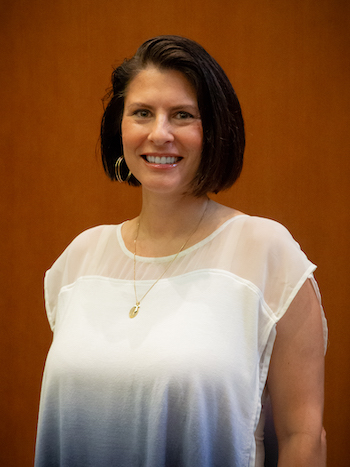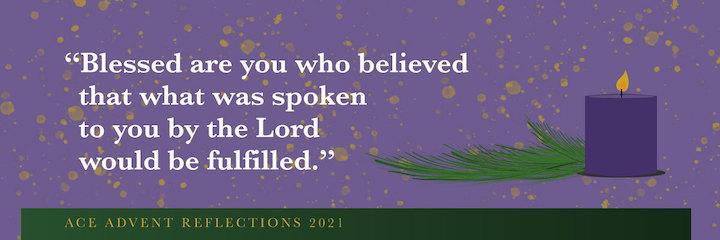 Recently, my husband and I had a lively conversation about the difference between hope and faith. His point, which I found intriguing, was that hope often contains an element of doubt. Do we hope for that which we fear may not come to be?
Recently, my husband and I had a lively conversation about the difference between hope and faith. His point, which I found intriguing, was that hope often contains an element of doubt. Do we hope for that which we fear may not come to be?
Faith, on the other hand, is imbued with a confident trust. If I have faith that something will occur, I don’t doubt it. I trust fully that it is happening, maybe not in the way that I am expecting, but through God’s perfect unfoldment and timing.
Viewing hope and faith through this lens produces more questions than answers. For instance, in prayer: Am I praying about what I fear will or will not happen? Or am I praying with faith in what I trust is already in God’s hands?
In this fourth Sunday of Advent, the Gospel of Luke reminds us of a deep, embodied sense of faith demonstrated by Mary, a faith joyfully acknowledged by Elizabeth when she says to her:
Blessed are you who believed that what was spoken to you by the Lord would be fulfilled. - Luke 1:39-45
Mary demonstrated her faith in the most profound way. Imagine though, if after her encounter with archangel Gabriel, Mary had gone about her days thinking, “Wow, I sure hope that Gabriel knows what he’s talking about.” What if Mary’s ‘yes’ was more of a, “Really, are you sure, Gabriel? I mean, I guess so, if you say so.”
Like any human, Mary may have experienced moments of doubt or fear, but in response to Gabriel’s announcement of God’s plan, her ‘yes’ was unwavering. Her ‘yes,’ her faith, transformed the future of humankind.
Mary’s ‘yes’ also gives us hope. If we mirror her fortitude of faith, we too can transform our lives. Perhaps this is what hope truly is: the gift of potential or possibility that exists. Faith, then, is the trust in its ultimate unfoldment.
As the year 2021 nears its close, the second full year of a pandemic lifestyle, we may find ourselves struggling to embody true hope and steadfast faith in the positive unfolding of our current reality.
In our schools, our students are being asked to cope with an unprecedented global event for which we cannot provide them definite answers. The U.S. Surgeon General recently issued a rare public health warning about the mental health crisis among our youth, exacerbated by the impact of the COVID-19 pandemic. We may ask ourselves, how can we model hope and faith for our school community? How do we acknowledge reality without caving into negativity or engaging in blind optimism?
Many school leaders and teachers have expressed that the second year of navigating the pandemic, even while back to school in-person, has been even harder than before. We find ourselves trying to operate normally amidst abnormal circumstances. We are worn down by fatigue after two years of unrelenting waves of fear and hardship.
Yet here we are, approaching Christmas day, the culmination of the season of hope. Christmas offers a hope inherent in the promise of Christ. His birth is a beacon of hope, and of all the good that can possibly be birthed in our universe. It is a hope imbued with faith.
As we look forward to a much needed respite over the Christmas break, may we not lose the ability to be touched by this gift of hope. It is a hope that is strengthened by the fortitude of faith, a knowing and a trust that the promise of ultimate goodness both exists and will become manifest.
 Alliance for Catholic Education
Alliance for Catholic Education
